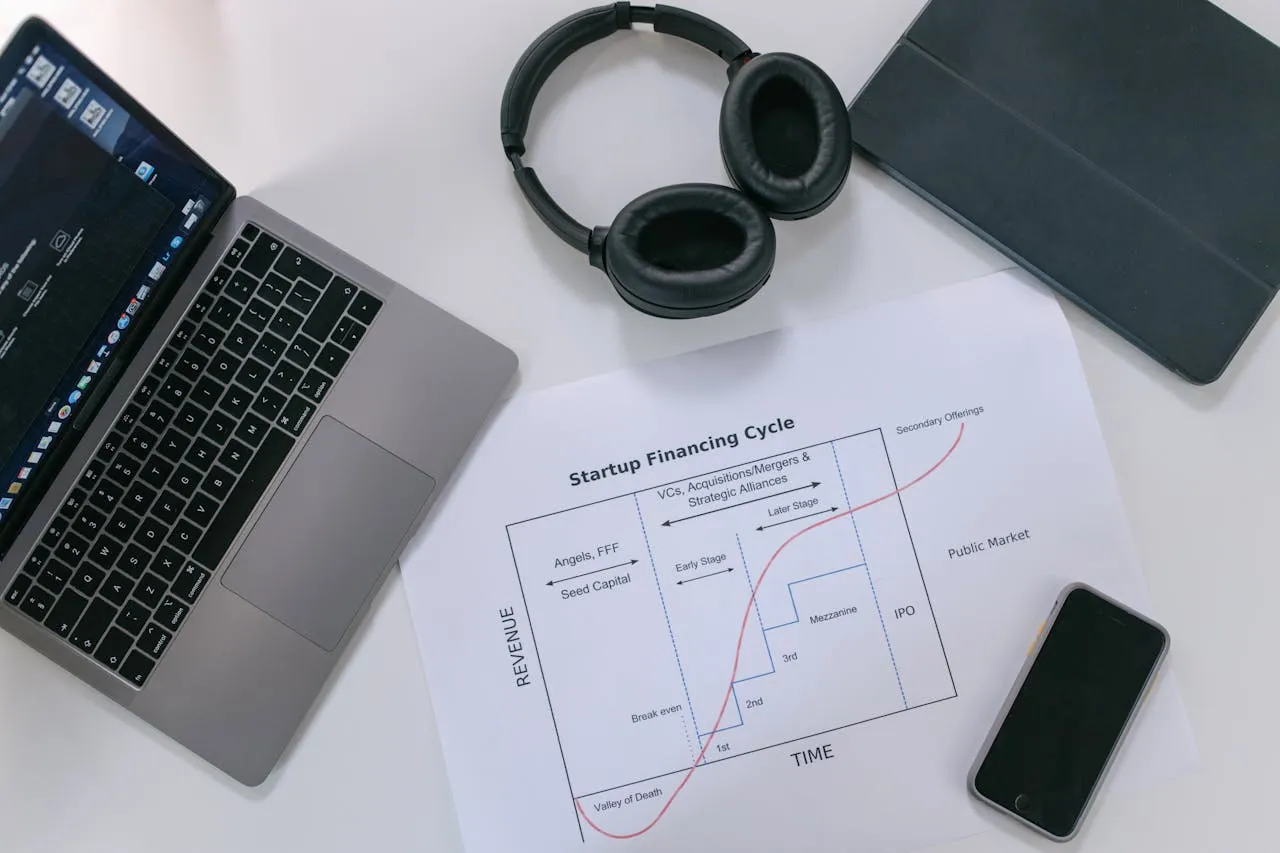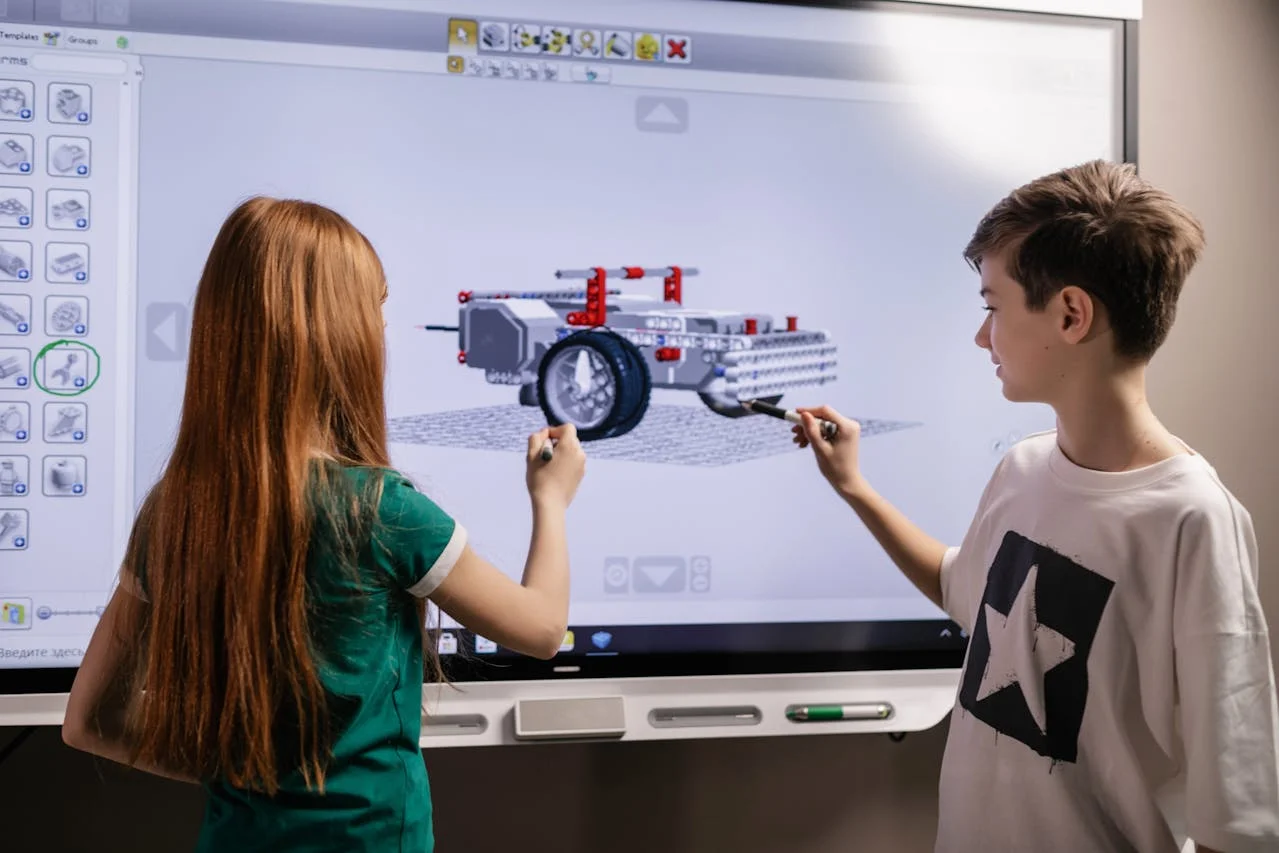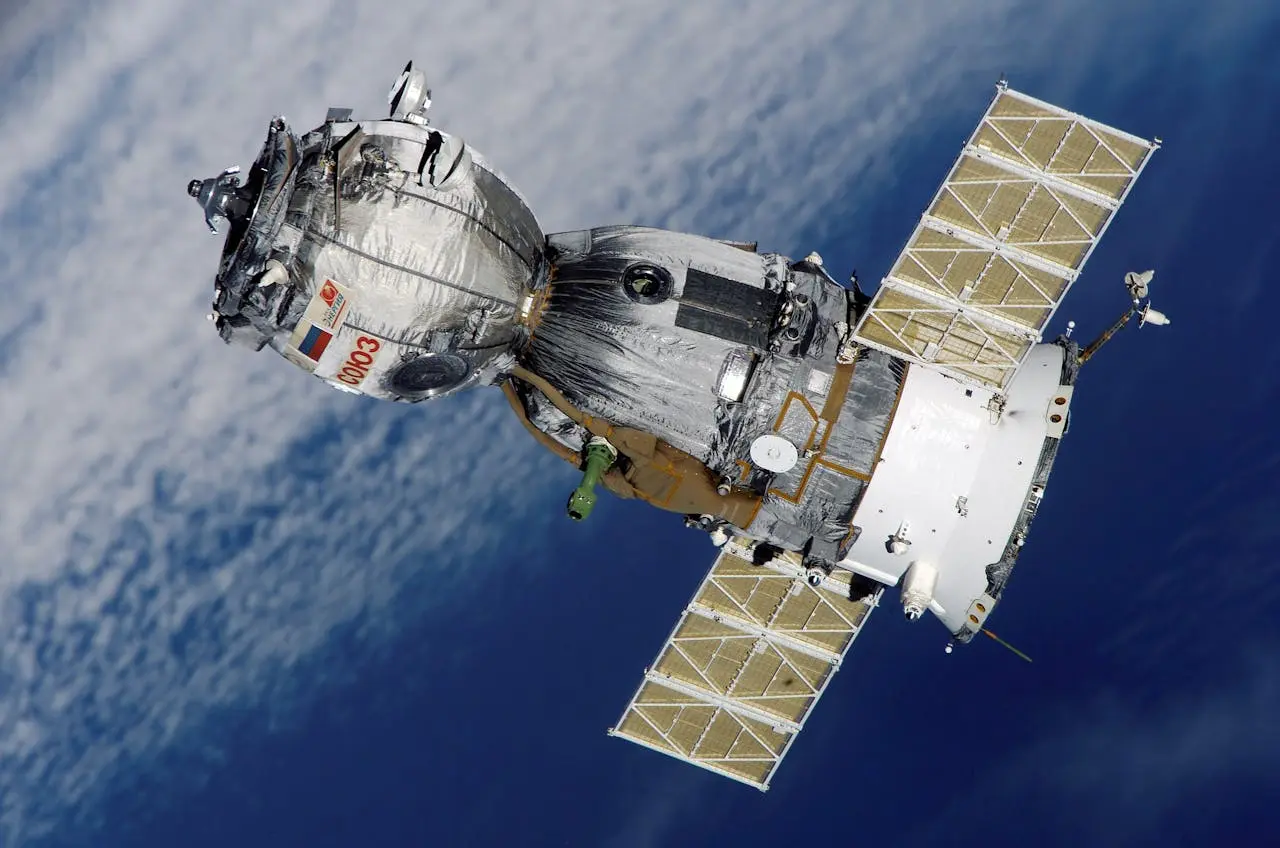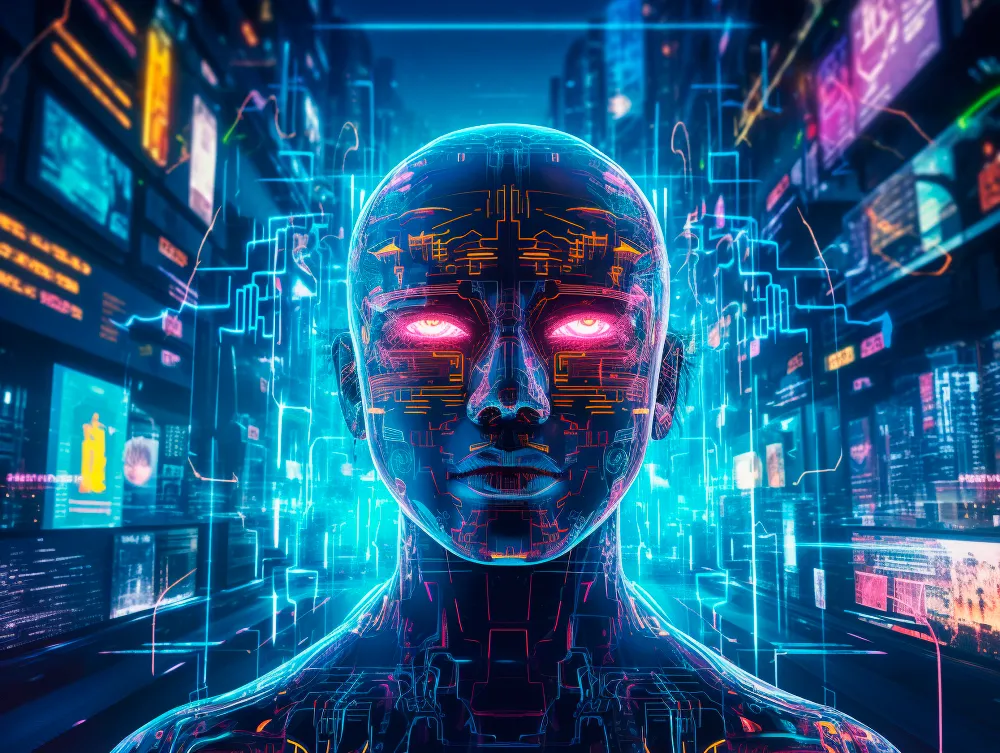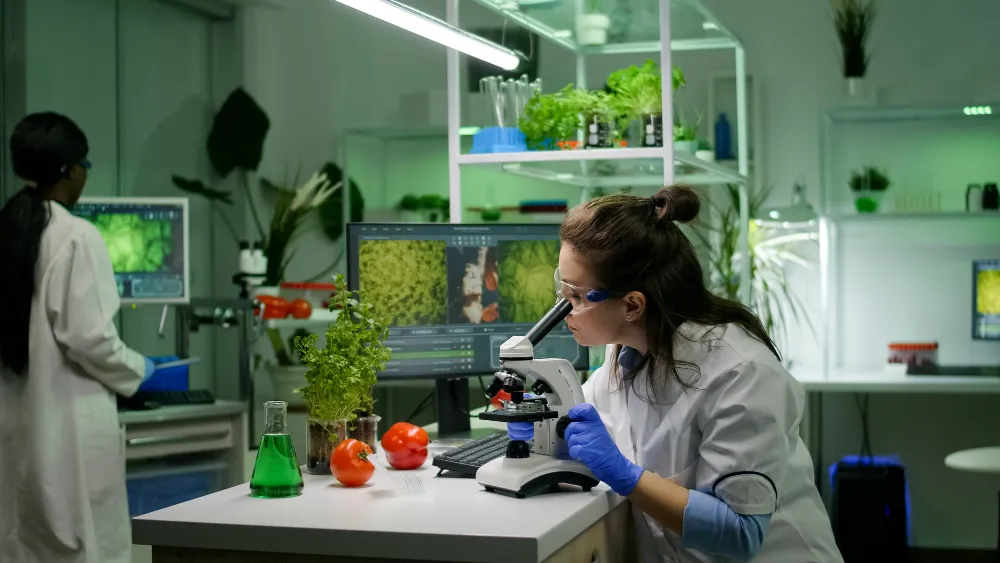Computing technology has consistently pushed the boundaries of what is possible, transforming how we live, work, and interact. From early mechanical calculators to today’s sophisticated systems, the field of computing is experiencing rapid advancements that promise to reshape various aspects of society. This blog post explores some of the most exciting innovations in computing, their potential impacts, and what the future might hold.
Key Innovations in Computing
- Neuromorphic Computing: Neuromorphic computing aims to mimic the neural structure and functioning of the human brain. Unlike traditional computing architectures, which rely on binary logic, neuromorphic systems use spiking neural networks to process information in a manner similar to biological neurons. This approach promises to enhance computational efficiency and enable more advanced artificial intelligence (AI) capabilities, such as better pattern recognition and adaptive learning. Neuromorphic computing could revolutionize applications ranging from robotics to cognitive computing.
- Homomorphic Encryption: Privacy and security are critical concerns in modern computing, especially with the proliferation of sensitive data. Homomorphic encryption is an emerging cryptographic technique that allows computations to be performed on encrypted data without decrypting it first. This means that data can remain encrypted while still being processed, providing a higher level of privacy and security for cloud computing and data analytics. Homomorphic encryption has the potential to advance secure data sharing and privacy-preserving computations.
- DNA Computing: DNA computing represents an innovative approach to solving complex computational problems using biological molecules. By leveraging the natural properties of DNA, researchers have developed methods to perform computations at a molecular level. DNA computing has the potential to solve problems that are intractable for classical computers, such as optimization and combinatorial problems. While still in its early stages, this technology could revolutionize fields like cryptography, data storage, and bioinformatics.
- Augmented Reality (AR) and Virtual Reality (VR): AR and VR technologies are transforming how we experience and interact with digital content. AR overlays digital information onto the real world, enhancing our perception and interaction with physical environments. VR, on the other hand, creates immersive virtual environments that simulate real-world experiences. Both technologies are being used in diverse fields, including gaming, education, healthcare, and remote collaboration. AR and VR have the potential to revolutionize user interfaces and create new ways of engaging with digital content.
- Blockchain Beyond Cryptocurrency: While blockchain technology is often associated with cryptocurrencies, its applications extend far beyond digital currencies. Blockchain’s decentralized and immutable ledger system is being explored for use in various domains, including supply chain management, healthcare, and voting systems. By providing transparency and security, blockchain can enhance trust and efficiency in numerous applications, leading to more reliable and tamper-proof systems.
Impact of Computing Innovations
- Healthcare: Innovations in computing are driving advancements in healthcare, improving diagnostics, treatment, and patient care. Technologies such as AI-driven medical imaging, telemedicine, and wearable health devices are enhancing the ability to diagnose and treat diseases. Computing innovations are also enabling personalized medicine, where treatments are tailored to individual genetic profiles, leading to more effective and targeted therapies.
- Education: Computing technology is transforming education by providing new tools and platforms for learning. E-learning platforms, interactive simulations, and adaptive learning systems are making education more accessible and engaging. Virtual classrooms and online resources are enabling remote learning, expanding educational opportunities to learners around the world.
- Workplace Efficiency: The integration of computing technology in the workplace is enhancing productivity and efficiency. Tools such as cloud computing, collaboration software, and automation are streamlining workflows and enabling remote work. Advanced data analytics and AI are providing insights that drive better decision-making and optimize business operations.
- Entertainment and Media: Computing innovations are reshaping the entertainment and media industries, creating new forms of content and experiences. High-definition graphics, real-time rendering, and interactive storytelling are enhancing the quality and immersion of games, movies, and virtual experiences. Streaming platforms and digital distribution are also changing how media content is consumed and shared.
- Environmental Impact: Computing technology is playing a role in addressing environmental challenges by enabling more efficient resource management and sustainable practices. Smart grids, IoT sensors, and data analytics are being used to optimize energy consumption, reduce waste, and monitor environmental conditions. These innovations contribute to more sustainable and environmentally friendly practices across various industries.
Looking Forward
The future of computing is bright, with ongoing research and development pushing the boundaries of what is possible. Emerging technologies such as quantum computing, advanced AI, and bioinformatics hold the potential to drive further innovation and transformation. As these technologies continue to evolve, they will likely create new opportunities and address complex challenges across various domains.
In conclusion, computing technology is at the forefront of a new era of innovation and impact. From neuromorphic computing and homomorphic encryption to AR/VR and blockchain, these advancements are reshaping industries and enhancing our daily lives. Embracing these innovations and understanding their implications will be key to leveraging their full potential and navigating the future of computing. As we move forward, the continued exploration and development of these technologies will drive progress and create new possibilities for the world.










